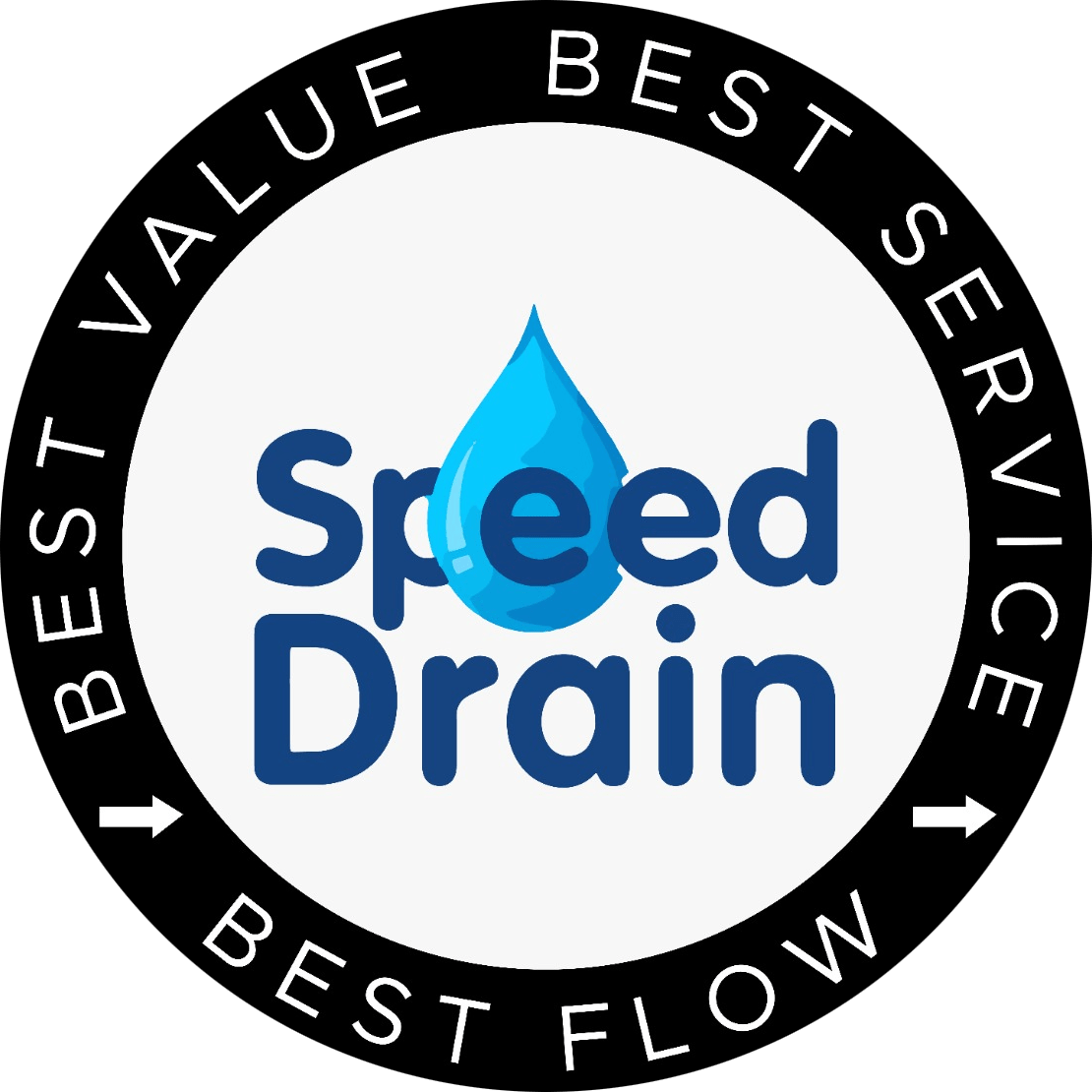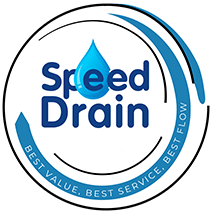Of all the things that keep your house secure, dry, and standing, drainage is probably the most important but the least frequently addressed. Here in New Zealand, where we get lots of rain, changeable weather, and diverse soils, homeowners have plenty of chronic drainage problems. Once you understand what they are, you can identify signs and take action before they turn into expensive catastrophes.
Let’s examine the most common home drainage issues Kiwi homeowners experience — including why they happen, how to identify them, and how to fix them.
1. Blocked Drains
This is possibly one of the most common clogging issues with drainage. Drains clog most often as a result of accumulations of wastes like hair, grease, soap scum, food waste, or even root penetrations by tree roots that branch out into buried pipes. You may notice draining water slowly in sinks, showers, or toilets, or you hear gurgling noises during use of plumbing fixtures.
Unless repaired, clogged drains will result in bad smells, overflows, or pipe damage. Minor maintenance such as installing drain screens, not pouring grease down the drain, and hiring a professional to perform regular cleaning will keep your drains in excellent shape.
2. Bad Surface Drainage
Poor surface drainage occurs when rainwater or irrigation water is unable to drain away from your house. It typically arises from irregular land, inadequate landscaping, or dense soil. You will see water pooling in your lawn, driveway, or on the foundation of the house.
Over time, this standing water can make its way into the foundation, creating cracks, mould, or basement flooding. Repairs include grading your yard so that it slopes away from your house, putting in surface drains or French drains, and making sure downspouts drain water far from the home’s base.
3. Gutter and Downpipe Problems
Downpipes and gutters are the drainage system of the roof, directing rainwater away from the house in a safe manner. However, if gutters become clogged with twigs, leaves, or moss, they overflow, dripping water onto walls and foundations. This can lead to water damage, staining, and even structural problems.
Gutter cleaning regularly (particularly in autumn) and gutter guards will prevent clogging of the gutters. Additionally, make sure that your downpipes are far enough from the house so that water will not gather around the base.
4. Tree Root Infiltration
Most New Zealand houses have established trees at the front, which, lovely as they may be, can bring devastation to under-banking drain pipes. Tree roots will automatically seek out water and push their way into small cracks or joints in pipes, filling or eventually bursting the pipes apart.
Symptoms include recurring obstructions in pipes, reduced flow rate, or unmotivated gurgling. It takes fixing normally with expert services — root cutting, pipe relining, or at its worst, replacement of pipes.
5. Broken or Collapsed Pipes
Earthenware or clay pipes that are decades old, found in typical NZ houses which have been in existence for generations, may crack or collapse as a result of ground movement, top pressure, or mechanical weakening. When the pipes crack, the drainage system will be unable to transport the wastewater, resulting in leaks, blockages, or sinkholes.
Early detection is difficult without specialist equipment, but warning signs may include soggy patches in the yard, odours, or continuing drain problems. Specialist drain investigation with a CCTV camera is normally required to identify and organise repair.
6. Soak Pit Failures
In semi-rural or rural settings, soak pits (or soak holes) are common to handle stormwater. They will clog up with roots, silt, or rubbish after a while and overflow or even completely fail. This makes water collect around the house or garden, and the risk of flooding is more likely.
Maintenance typically involves cleaning or renewing the soak pit, proper installation, and not letting too much runoff.
7. Faulty Installed or Damaged Drainage Systems
Regrettably, faulty installation workmanship is responsible for some drainage issues. Faulty installation of pipes on the wrong gradient, poor connections, or incorrect materials can all result in permanent drainage issues. Likewise, physical damage from adjacent building work or ground settlement can undermine a system’s functionality.
If you worry about faulty installation, it would be advisable to have a professional inspect. They can review the layout, materials, and function of the system and suggest solutions — repair, realignment, or replacement, perhaps.
How to Avoid Drainage Issues in Your Home
Although there are certain drainage issues that cannot be avoided with usage and age, upkeep, and the timely application of some simple fixes, can prevent minor problems from becoming larger ones. The following are some tips:
- Clear gutters and downpipes every six months
- Install drain covers to prevent hair, food, and trash from going down pipes
- Don’t plant big trees close to drainage lines
- Inspect your property’s grading and landscaping if necessary
- Get your drains professionally checked every few years, particularly if you live in an older house
Why Speed Drain?
At Speed Drain, we recognize the special drainage needs of New Zealand homeowners. Our experts are highly trained to deliver quick, efficient, and economical solutions to simple drain cleaning and complicated repair. We make use of advanced technology, such as CCTV surveys and hydro jetting, to detect and fix problems with minimal disturbance to your property.
If you’re experiencing drainage issues or want peace of mind about your home’s system, don’t wait for the problem to worsen. Contact Speed Drain today and let us help keep your home safe, dry, and worry-free.



